Fruit, fibre, dairy and caffeine may prevent tinnitus
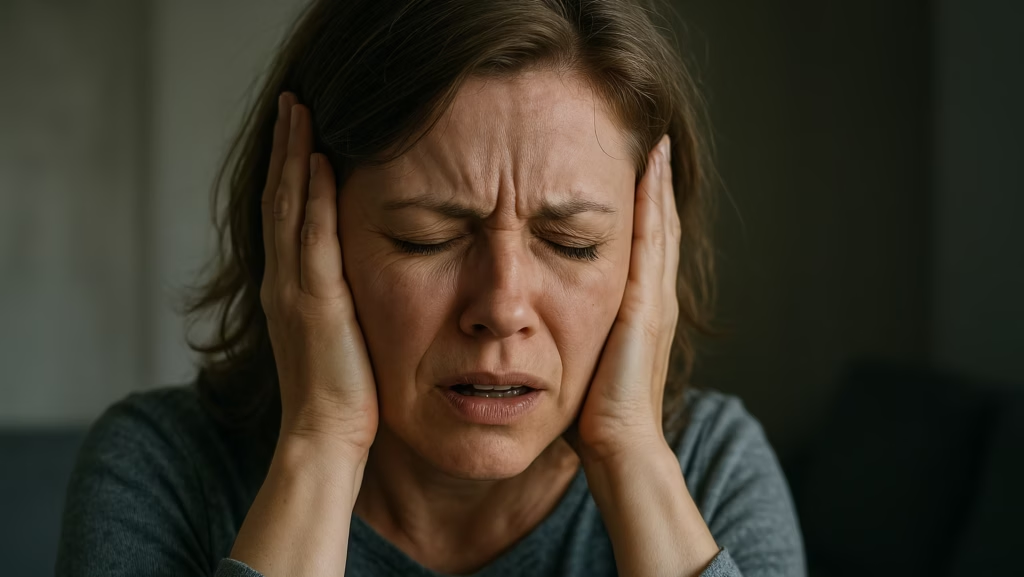
Chinese researchers highlight 14% worldwide tinnitus prevalence but say more evidence is needed to confirm diet link.
Scientists test low-cost DIY air purifier and it beats expensive alternatives
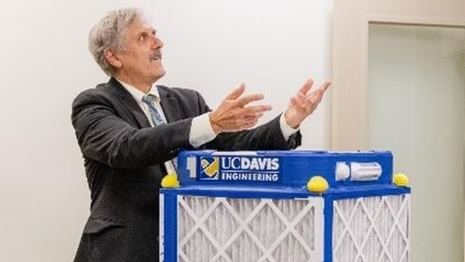
University of California, Davis researchers hope to unlock clean indoor air for those who can’t afford hundreds of dollars for a commercial HEPA air filter.
A rubber hand alleviates pain
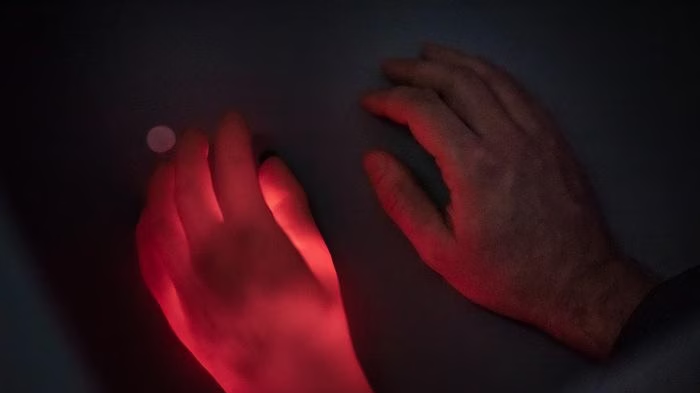
Ruhr-University Bochum researchers find that believing a fake rubber hand is your own can reduce perception of pain in your real hand.
Sound whirlpools used to break up kidney stones
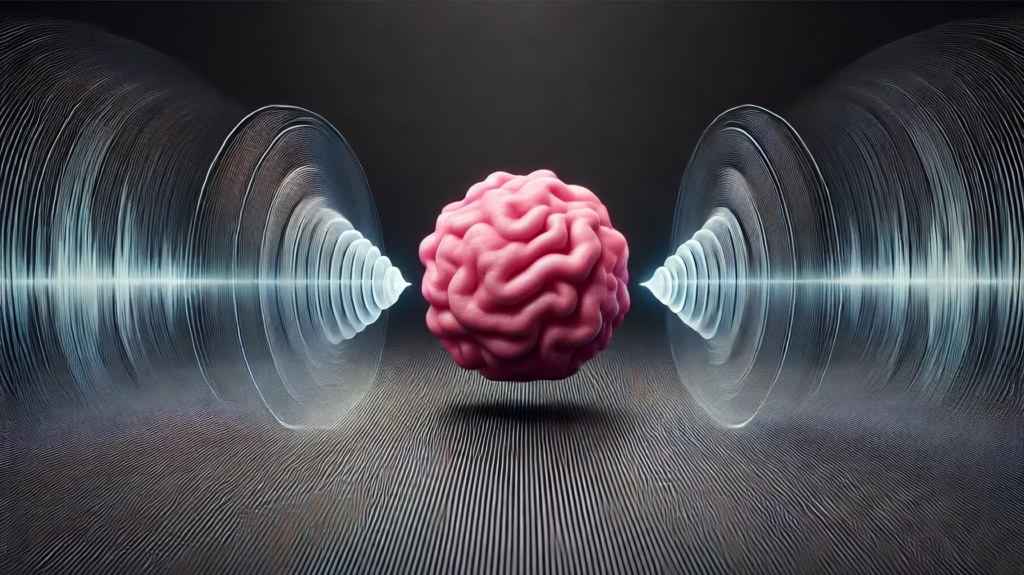
Polytechnic University of Valencia scientists have halved the time it takes to break up kidney stones in ex vivo tests.
Engineers turn skin cells directly into neurons for cell therapy
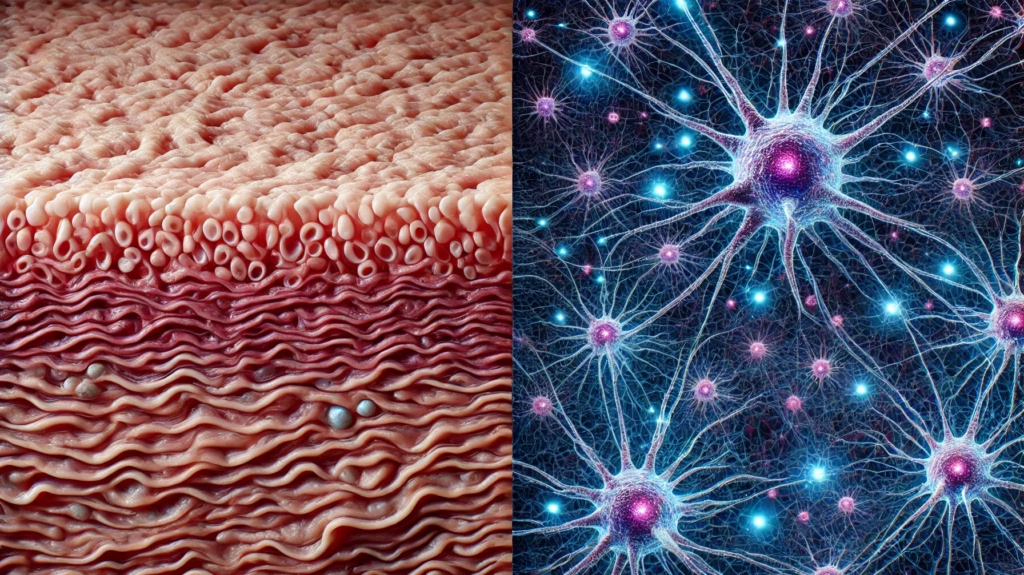
MIT researchers achieved over 1,000% yield with their novel method that could lead to new therapies for spinal cord injuries or diseases.
Food is medicine: US perception survey shows strong public support

At Tufts University, researchers found most participants support healthy food prescriptions, with 3,000 surveyed citing cost as a key barrier.
How our lungs back up the bone marrow to make our blood
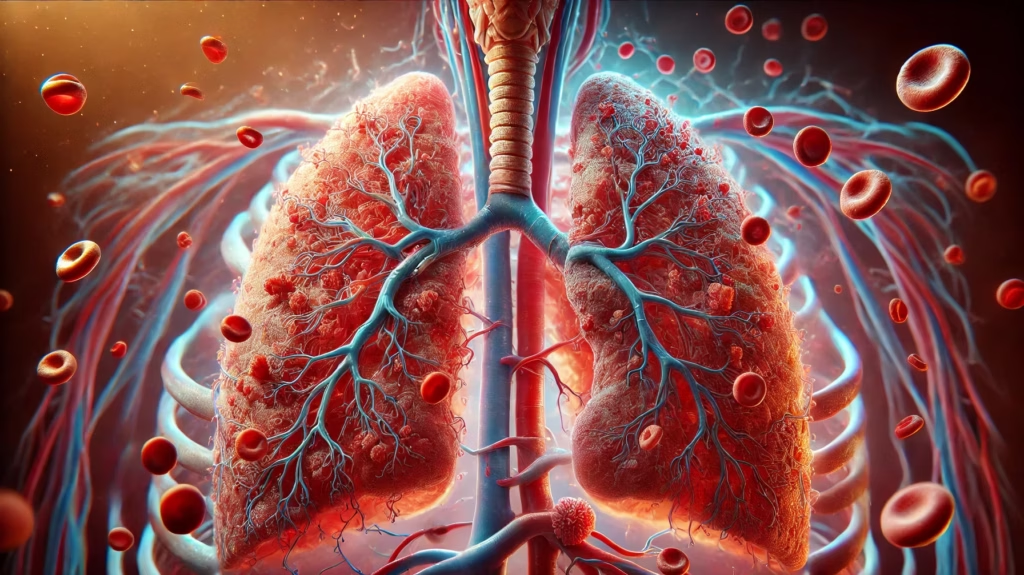
Scientists at the University of California, San Francisco uncovered a lung-based stem cell reservoir that can restore bone marrow.
An orange a day could cut depression risk by 20 percent

Researchers at Harvard Medical School reveal daily citrus consumption may bolster mood by influencing gut bacteria.
These hormones may prevent wrinkles, hair greying
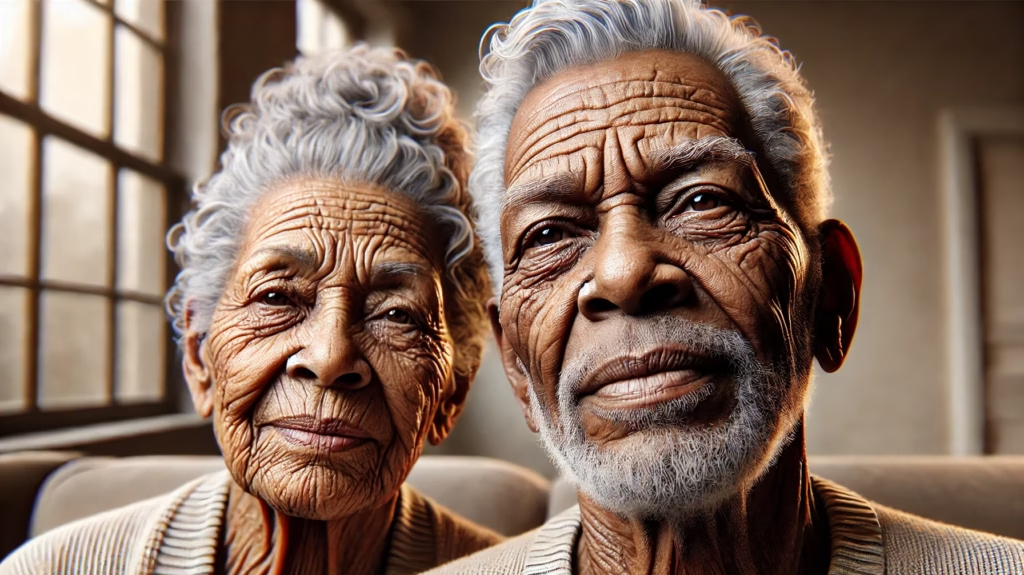
Researchers at the University of Münster reveal that hormones such as insulin-like growth factor 1, growth hormone, estrogens, retinoids and melatonin could form future anti-ageing treatments.
Using CRISPR to remove extra chromosomes in Down syndrome

Researchers at the University of Tokyo removed the extra chromosome from trisomy 21 (Down syndrome) human cell lines, restoring normal gene expression.
